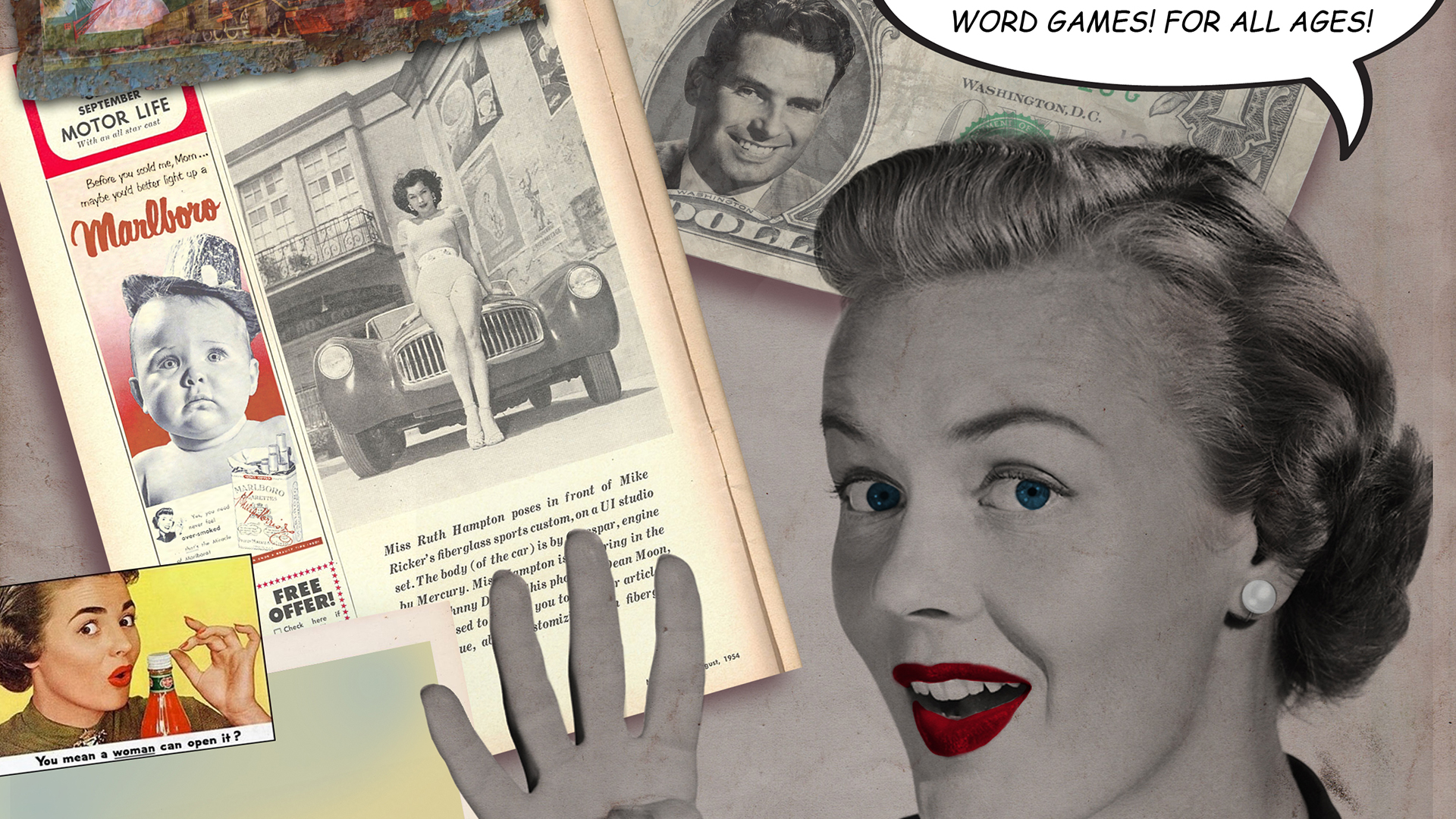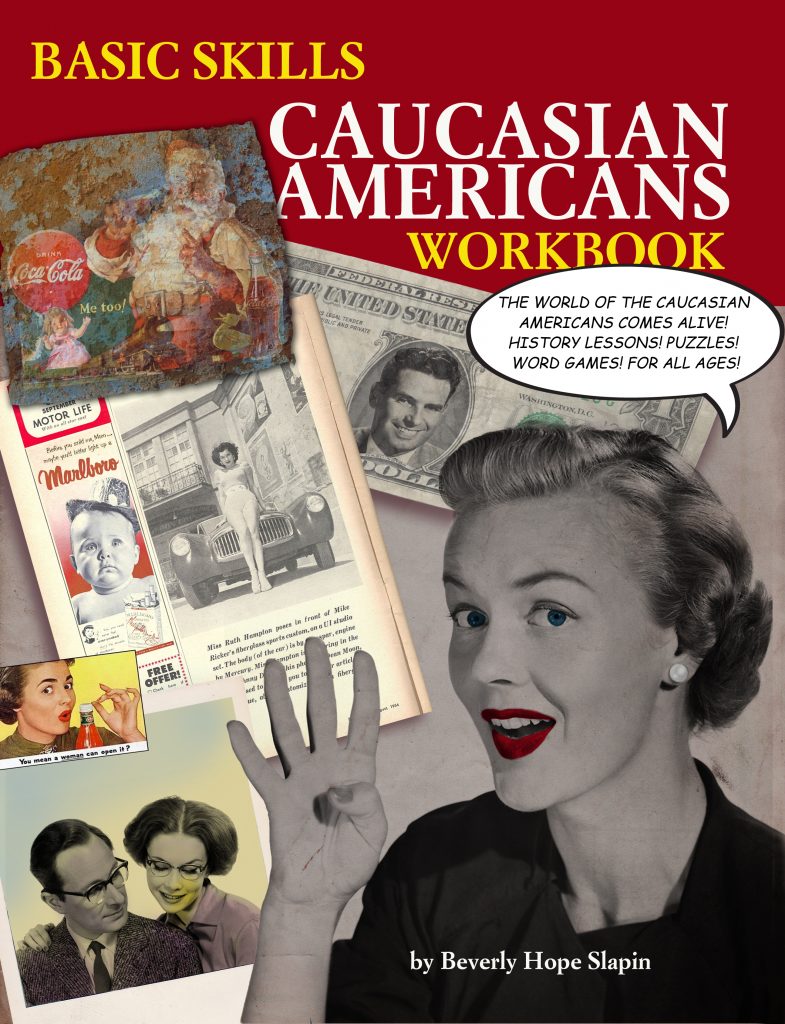By Lyn Miller-Lachmann
Times Union
September 15th, 2013
Many of us remember the textbook chapters and informational books that presented Native Americans. The unit was a fall staple, and often elementary school children dressed in homemade costumes, built tipis and longhouses, and ate “typical” Native foods in the weeks leading up to Thanksgiving.
But how well did we really get to know Native peoples from these activities? More often than not, the activities reinforced stereotypes, trivialized the cultures of Native peoples, conveyed erroneous information, generalized on the basis of a few tribes’ practices, and left the impression that Native Americans and their cultures are long gone.
Beverly Slapin is the co-author (with Doris Seale) of various award-winning resources on how to evaluate children’s books about Native Americans and how to teach the diverse cultures of our continent’s indigenous people, among them Books Without Bias: Through Indian Eyes (1992) and the 2005 update of this classic, A Broken Flute: The Native Experience in Books for Children. In the colorful updated edition of Basic Skills Caucasian Americans Workbook, published by progressive independent publisher PM Press, Slapin shows why accurate, authentic portrayals matter—by turning the tables on non-Native readers. The workbook, which is designed for educators, teens, and general adult readers, asks indirectly: How would you feel if your own lives, beliefs, and cultural practices were portrayed in the same manner as Native American practices commonly are?
Ample laugh-out-loud humor prevents this volume from becoming polemical or predictable.
Some of the observations are uproariously on-target, as outsider perspectives can sometimes be. For instance, “The Caucasian American women were constrained to wear tight clothing, and sometimes their shows were pointed at the front and had long sticks at the bottom. This made it very difficult to walk, and they often hurt their backs.” (The boldfacing of what are considered unfamiliar terms pokes fun at series nonfiction for young readers.) In other places, the humor is based on customs that we consider strange in other cultures but are no less strange in our own, such as the widespread use of “sacred green paper”—that is, money.
Misunderstood language is another source of humor. Often books about Native cultures mistranslate or misinterpret words, and the same is true in the workbook: “The fashion magazines commanded, for instance that all Caucasian American women had to be tall and thin, just like the supermodels. So many Caucasian American women went on diets. No one knows the origin of that word, but it had to do with death, since many Caucasian American women died soon after becoming thin.”
In other places, the information is distorted or inaccurate to hilarious effect: “After chanting ‘WWW’, the Caucasian American information seekers, otherwise known as users, were given a specific Internet address or url. (The legend of how urls came to be is lost, gone forever.) But when the users typed the urls into their computers, the answers to all the questions the Caucasian American seekers were seeking instantly appeared on their screens! Certainly, these urls were a magical thing!” And in a televised contest called “the Wheel of Jeopardy…[t]he luckless losers, who were called runners-up, ran up a long staircase, at the top of which they were sacrificed to the gods.”
Pronunciation guides, end-of-chapter puzzles, and fake biographies and endorsements add to the appeal of this satire. Also of note are the well-chosen vintage photographs that illustrate the anachronistic approach of cultural “lessons,” including the common impression that living cultures are dead and gone. This resource will lead readers to look at informational books about diverse cultures with a more critical eye, as they see stereotyping and misinformation of their familiar culture along with underlying insights conveyed with an edgy wit.







